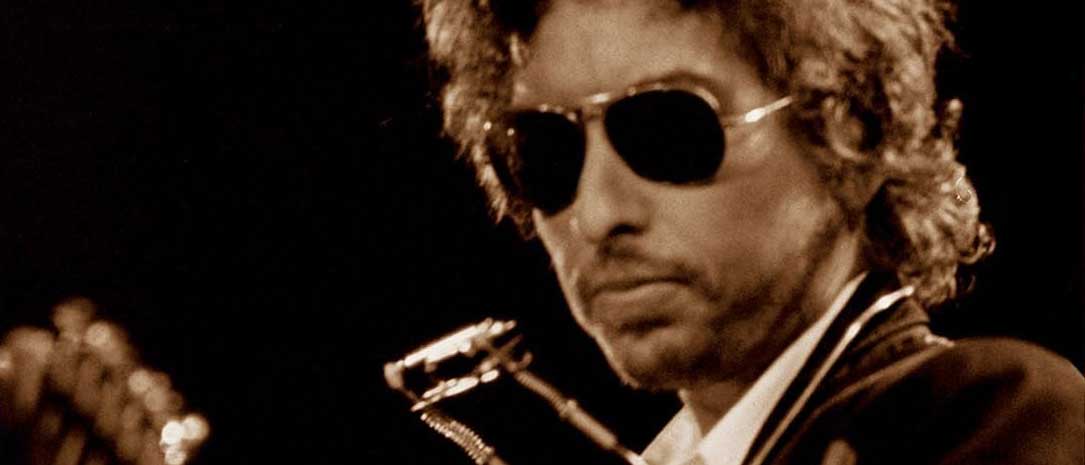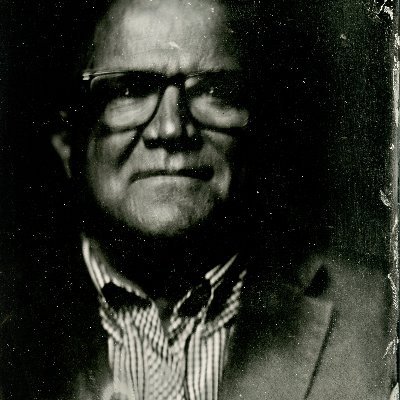When Bob Dylan connected with The Band for his first tour in eight years, he was understandably edgy. That’s what the audio from the Chicago Stadium, January 3, 1974 suggests. The songs pitch and collide, and some of them were removed from future set-lists. The vocals are alternately great and appalling. But, as always with Dylan, there are glimpses of towering art with the havoc. The acoustic section of the night allows him to turn savage with The Lonesome Death Of Hattie Carroll, and to voice respect on Song To Woody.
Recorded sections of the tour (chiefly the California shows) were packaged on the double album Before The Flood; clearly the gigs had become more settled over the duration. Robbie Robertson plays his wiry guitar lines that meet the sentiments of hurt and rage. His bandmates are not merely riffing into chaos as they reach the finale of February 14 and Blowing In The Wind, a kiss-off that might just be sarcastic.
Those are the significant bookends, but now this 27-CD set delivers a massive piece of Dylanology: a recorded history of many afternoon shows and evening pile-ups along the way.
Treasured songs suffer repeated acts of vandalism. On many nights, Dylan and the guys howl the chorus of Like A Rolling Stone frat party-style. Conversely, the 1974 release Forever Young (from the Planet Waves album) gets regular care and rises in stature as a Boomer benediction. The Seattle version is most charming.

For keen listeners, the 417 previously unreleased tracks provide essential detail. Sure enough, it’s a challenge to find the perfect Just Like A Woman (especially fragile in Toronto and Houston) or the most ridiculous version of Lay Lady Lay (Philadelphia, maybe). You recall the US political scandal of the Watergate Tapes when Dylan adds withering scorn to It’s Alright Ma (I’m Only Bleeding) – a highlight of the New York visit.
When it was over, Dylan himself was ambivalent about the tour (“It was all sort of mindless”), yet it had returned one of the greatest talents back to the stage and prepped him for the Rolling Thunder Revue a year later. This history might not be Dylan at his best, but still there are sparks.


